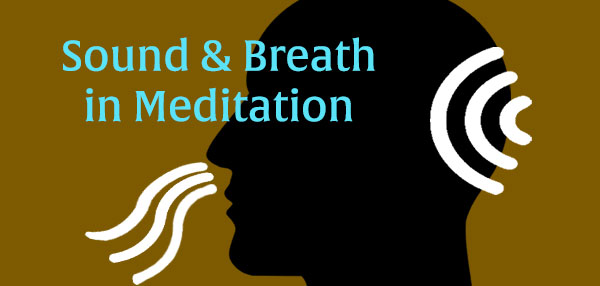
This article on Sound and Breath in Meditation is taken from “Perspectives on Yoga,” a book by Abbot George Burke to be published later this year.
Although there is a great deal of interest in gimmicks and tricks in yoga and endless expositions of “shakti” and suchlike, the yogi really has one all-absorbing interest: sound (shabda).
He begins with sound and ends with sound, and his involvement in sound is what carries him along the path and ensures his success and prevents his going astray. Those who do not follow this path will almost surely go astray and wander afar.
Every element (bhuta) has a sensory experience that is common or “native” to it.
- Earth (prithvi) has smell;
- water (apa) has taste;
- fire (agni) has sight;
- air (vayu) has touch;
- and ether (akasha) has sound (shabda).
The power of sound alone has both an active and passive aspect. Akasha possesses the power to both generate sound and to hear it. Furthermore, Akasha alone is pure; all the other elements have admixtures of one another, including akasha.
Even more, the elements predominate in each one of our five bodies.
- Earth predominates in the annamaya kosha, the physical body.
- Water predominates in the pranamaya kosha, the pranic body.
- Fire predominates in the manomaya kosha, the body that is the sensory mind.
- Air predominates in the jnanamaya kosha, the body of the intellect.
- Ether predominates in the anandamaya kosha, the body of the will.
The two powers of the Ether
Since Ether is the ruler of the elements, and it has two powers, will and sound, yoga is based on sound produced by the yogi’s will and in which he becomes absorbed in meditation.
This is an important principle to keep in mind because many aspirants throughout the ages have wasted their lives practicing methods not based on these two powers of ether, and therefore became wanderers, and often self-distracters and self-deluders.


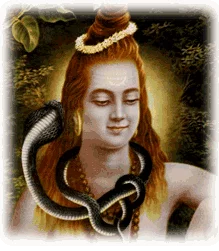
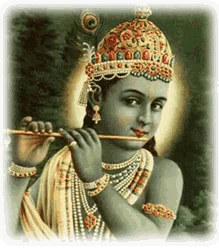


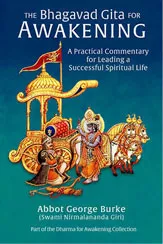

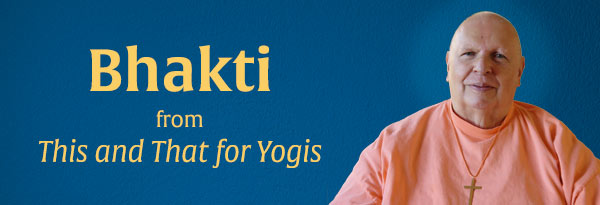
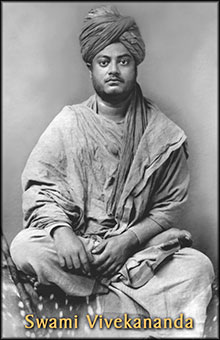 In the sixth chapter of
In the sixth chapter of